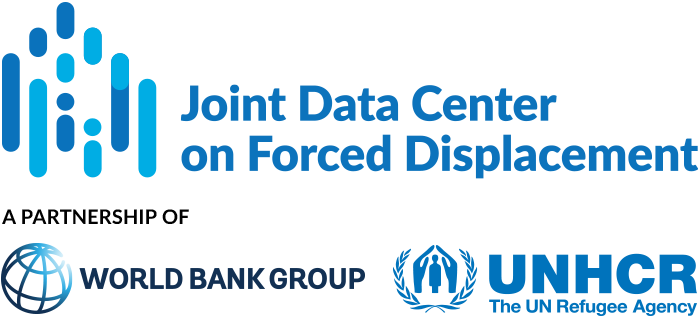This paper examines the risks of gender-based violence against Syrian adolescent girls and young women in Izmir, Turkey and how these risks were shaped by their displacement. By the end of 2017, Turkey hosted an estimated 3.4 million Syrian refugees, of whom...
JDC Literature Review
Female employment and intimate partner violence: Evidence from Syrian Refugee inflows to Turkey
This paper investigates the causal effect of female’s economic empowerment—specifically an increase in female employment—on the probability of experiencing domestic violence in Turkey. In particular, the authors exploit the differences in the inflow of refugees after...
Systematic Review and Meta-analysis: The Prevalence of Mental Illness in Child and Adolescent Refugees and Asylum Seekers
This systematic review aims to establish estimates for the prevalence of mental illness in child and adolescent refugee populations. The review identified a limited number of high-quality studies measuring prevalence estimates of mental illness, despite the...
Segregation of Syrian Refugees in Turkey: Evidence from Mobile Phone Data
This paper examines patterns of spatial segregation of Syrian refugees in Turkey, and how patterns of spatial segregation influence internal mobility decisions of refugees and natives as they move to other regions within the country. The analysis is based on...
Local governance quality and the environmental cost of forced migration
This paper examines whether high-quality local governance can alleviate the environmental impact of large-scale refugee migration to Turkey. In the absence of additional investments in infrastructure and other waste management facilities, a greater population density...
The effect of refugees on native adolescents’ test scores: quasi-experimental evidence from PISA
This paper investigates the impact of Syrian refugees on the school performance of adolescent children in Turkey. Earlier research suggests that immigration may affect native children’s school performance through two main mechanisms that operate in opposite...
How the different policies and school systems affect the inclusion of Syrian refugee children in Sweden, Germany, Greece, Lebanon and Turkey
This article compares how Syrian refugee children are included, or not included, in the educational systems in two Northern European countries (Sweden and Germany), one South European country (Greece) and two neighboring countries of Syria (Turkey and Lebanon). These...
Refugees and ‘Native Flight’ from Public to Private Schools
This paper exploits the large-scale arrival of Syrian refugees into Turkey after 2012 to estimate the impact of refugees on public-private school choice of natives in Turkey. As of the 2017/18 academic year, there were an estimated 970,000 school-age refugee children,...
Locked Down and Left Behind: The Impact of COVID-19 on Refugees’ Economic Inclusion
This paper examines the economic impacts of the COVID-19 pandemic on refugees in low- and middle-income hosting countries. It highlights the expected disproportionate effect of the pandemic on refugees in terms of employment and wider socio-economic outcomes. Key...
Building Inter-Ethnic Cohesion in Schools: An Intervention on Perspective-Taking
Research has shown that perspective-taking (a cognitive process of viewing a situation from the perspective of another person) is associated with lower social aggression, higher trust, and social cooperation. It is also related to being able to analyze social...


